At a glance
Expert’s Rating
Pros
- Stylish design
- Massive screen
- Powerful performance
- Long battery life and speedy charging
- Solid camera system
Cons
- Ultrawide camera could be better
- HyperOS is a little divisive
Our Verdict
The Xiaomi 15T Pro performs just like a flagship, but it comes at a much more affordable price. There are some drawbacks, like the relatively weak ultrawide camera and the bloatware-filled OS, but for the most part, it’s premium through and through. The new 5x periscope telephoto is an excellent addition, and if you’re into video shooting, this is the only phone in its price range to offer 4K 120fps recording.
Price When Reviewed
This value will show the geolocated pricing text for product undefined
Best Pricing Today
Best Prices Today: Xiaomi 15T Pro

Last year’s Xiaomi 14T Pro impressed us with its flagship-level performance and features at an approachable mid-range price. Now, its successor has landed, and it’s promising more of the same.
The 15T Pro gets a fresh new look, a massively upgraded telephoto camera, and it can even shoot video at 4K 120fps on the main camera. Of course, there’s a newer, faster chip inside, along with a bigger battery.
On paper, it’s looking like one of this year’s best upper mid-range phones, but what’s it like to live with? I stuffed it in my pocket for the last week in an attempt to find out.
Design & Build
- Glass back, aluminium frame
- 210g, Corning Gorilla Glass 7i
- IP68 rated
The Xiaomi 15T Pro has adopted a boxy design with a completely flat front and rear, along with flat siderails. The design is a bit iPhone-like, but that’s no bad thing – it looks and feels extremely premium.

Luke Baker
It’s a big phone, and at 194g, it’s fairly weighty, too. This adds to the premium feel, but I can imagine those with smaller paws struggling to reach the upper end of the 6.83-inch display.
It’s available in three colours: Black, Gray and Mocha Gold. I have the latter option in for testing, and I’m a big fan of it. It manages to stand out from the crowd without being garish, with its unique bronze/brown finish that covers the rear and the sides.
The design is a bit iPhone-like, but that’s no bad thing – it looks and feels extremely premium
The rear has a smooth, matt feel to it, and it’s pretty much immune to fingerprint smudges, which I always like to see. There’s also a case included in the box, of the basic matte black TPU variety, which helps to keep the phone looking pristine.
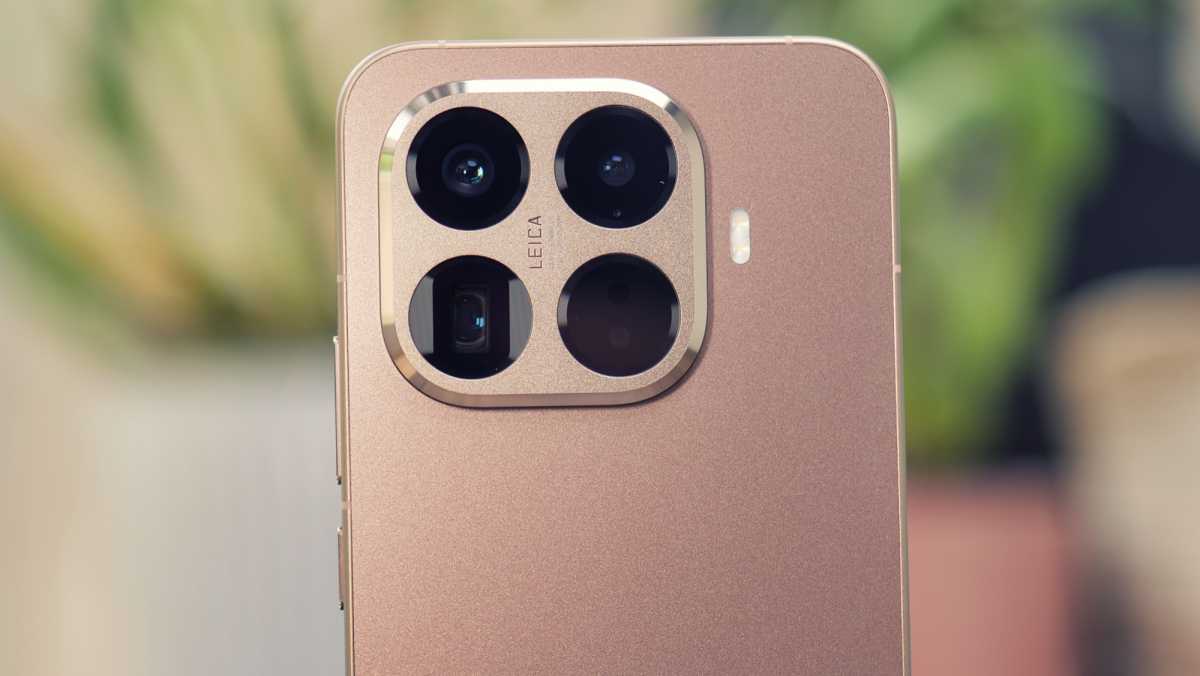
Luke Baker
The cameras are arranged in a square formation in the upper left-hand corner of the phone, a lot like the mainline Xiaomi 15. However, rather than being covered by a single glass panel, the lenses are separated by a metallic-looking bezel with rounded corners. It’s just an aesthetic choice, but it adds a bit of personality to the phone.
When it comes to durability, the phone has an IP68 rating for dust and water resistance, so it’s well equipped to handle the elements. The display is covered with Corning Gorilla Glass 7i, which should help to keep scratches at bay, and there’s a basic factory-applied screen protector included as well.
Screen & Speakers
- 6.83-inch, 1280 x 2772, OLED, 144Hz
- 3200 nits peak brightness, DC dimming
- Stereo speakers
The Xiaomi 15T Pro has a very impressive display, with a blistering fast 144Hz refresh rate and a peak brightness of 3200 nits. It’s an OLED panel, and as usual, that means rich, vibrant colours and deep, inky blacks.
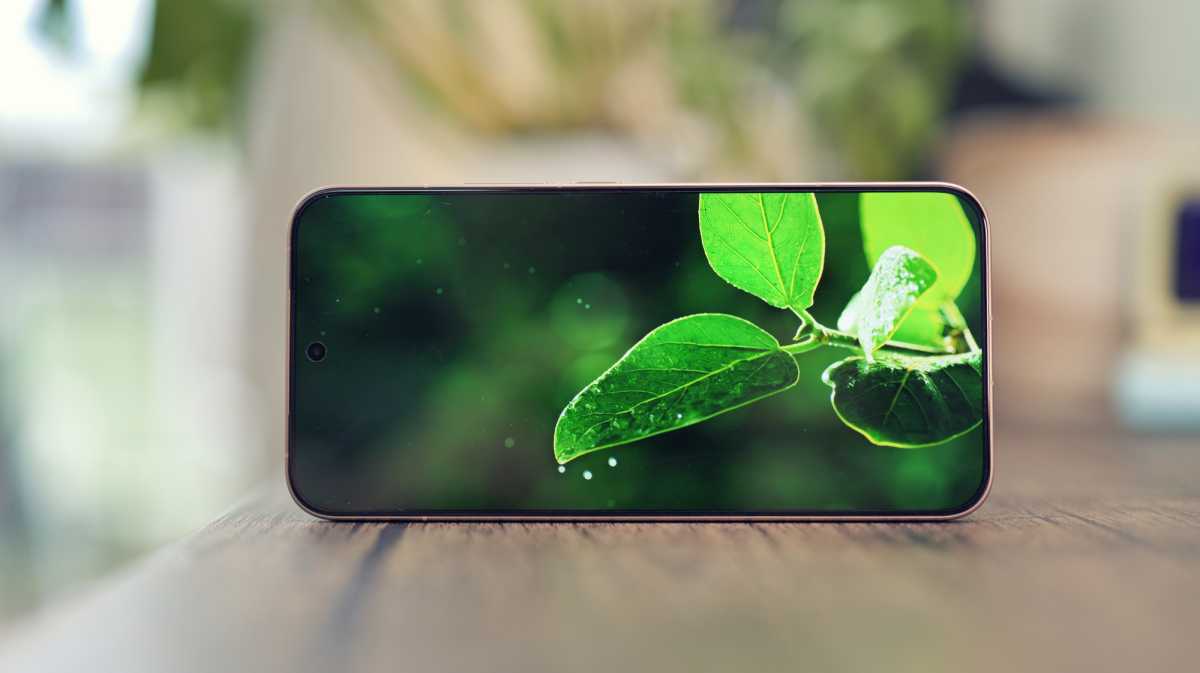
Luke Baker
The software gives you more customisation options than most, with three customisable colour modes as well as the option to display in either DCI-P3 or sRGB colour gamuts. There’s also support for HDR10+ and Dolby Vision, which makes content from apps like Netflix and Prime Video look superb.
If you’re sensitive to screen flicker, you’re well covered here, too. The panel uses DC dimming to reduce flicker at lower brightness levels, and it also has multiple TUV Rheinland eye care certifications, including Low Blue Light, Flicker Free and Circadian Friendly.
The Xiaomi 15T Pro has a very impressive display
There’s an under-display fingerprint scanner, and it works well, but it’s an optical sensor, rather than the fancy ultrasonic sensor on the full-fat Xiaomi 15. Still, in use, I have few complaints. It unlocked quickly and reliably in most conditions.
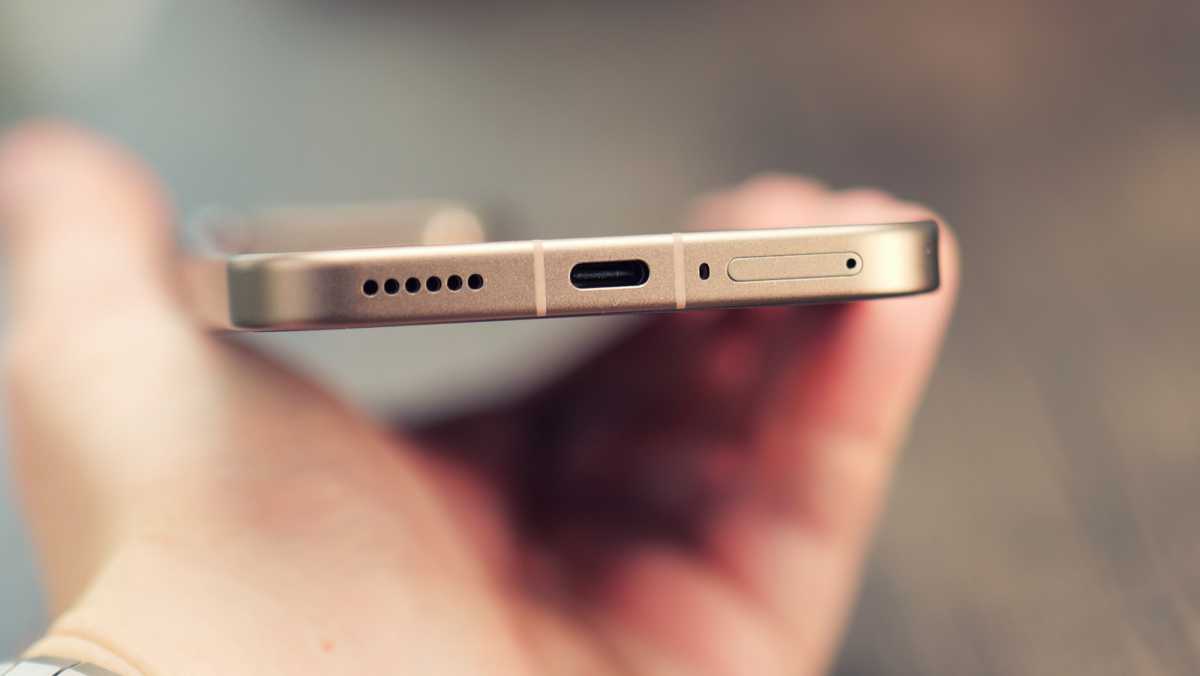
Luke Baker
The phone has dual speakers, with one firing from the base next to the USB-C port while the other doubles up as the phone’s earpiece. These speakers are extremely powerful, and they create a decent soundstage, which can help when playing mobile games.
As usual, though, it’s the bass that’s a little lacking. There’s enough low-end weight to ensure that the phone doesn’t sound tinny, but it can’t create a proper bassy thud like some other flagship phones.
Specs & Performance
- MediaTek Dimensity 9400+
- 12GB RAM
- 256GB / 512GB / 1TB storage
The Xiaomi 15T Pro is powered by the MediaTek Dimensity 9400+, a special overclocked version of the same chip found in flagship devices such as the Oppo Find X8 Pro and Vivo X200 Pro. We already know it’s plenty powerful, but this newer variant should be even better. In addition, you get 12GB of RAM on all models, and you can select either 256GB, 512GB or 1TB of storage.
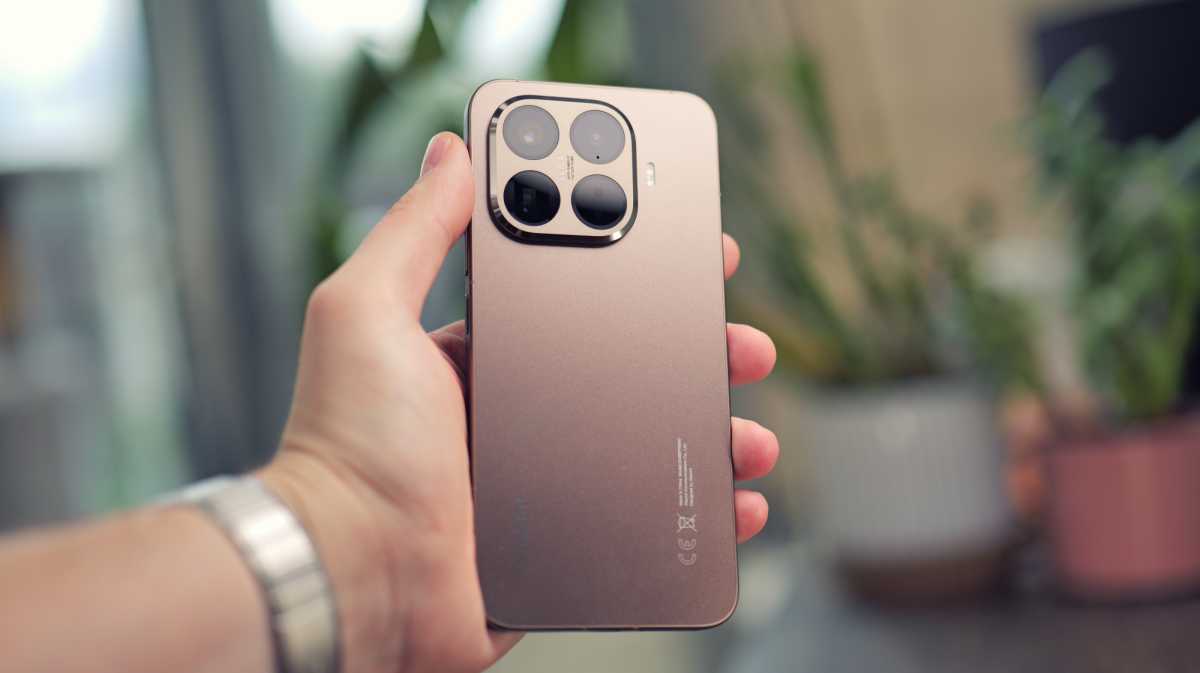
Luke Baker
In benchmarks, it’s clear that the Dimensity 9400+ lags behind the almighty Snapdragon 8 Elite, but it’s no slouch. It often beats the Tensor G5 in Google’s Pixel 10 devices, for example.
Honestly, in use, all of these phones are so powerful that you’d be hard-pressed to tell the difference between them.
The phone is powerful enough to breeze through just about any title on the Play Store, and it’s great for things like video editing, too
I’ve been hooked on Wuthering Waves lately, which is handy, as it’s one of the most challenging Android games to run. That said, it didn’t pose much of a challenge to the Xiaomi 15T Pro. With most settings maxed out and running at 60fps, the game was perfectly smooth. And while the handset began to heat up a bit, it never became uncomfortable to hold.
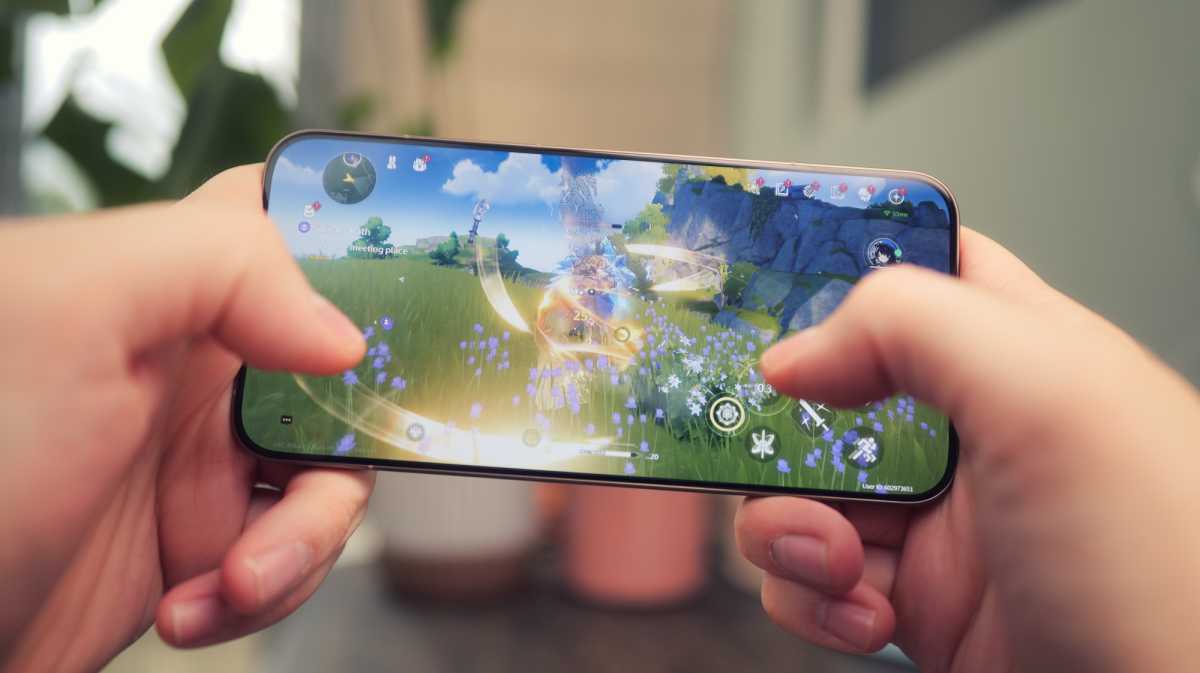
Luke Baker
This means the phone is powerful enough to breeze through just about any title on the Play Store, and it’s great for things like video editing, too. Of course, when it comes to simple daily tasks such as navigating the OS and scrolling social feeds, you’re unlikely to see so much as a stutter.
Xiaomi 15T Pro benchmarks
Cameras
- 50 Mp f/1.62 main camera (1/1.31-inch sensor)
- 50 Mp f/3.0 5x telephoto
- 12 Mp, f/2.2 ultrawide
- 32 Mp, f/2.2 selfie camera, fixed focus
The Xiaomi 15T utilises the same excellent Light Fusion 900 image sensor as the Xiaomi 15 for its main camera, and we already know how good that is. This time, it’s paired with a 50Mp 5x periscope telephoto camera and a 12Mp ultrawide.

Luke Baker
The telephoto is the real star of the show; it’s one of the only 5x periscopes you’ll find in this price bracket, and it’s a massive upgrade over the 14T Pro‘s 2x telephoto. As you’d expect, zoom shots at 5x and above are greatly improved, and the camera can produce usable images at up to around 20x zoom before the quality degrades too much.
The telephoto doesn’t have macro capabilities, but it can still focus pretty close up, and it looks excellent when doing so. The long reach of the optics creates some stunning natural compression that makes macro-style photos look like they were taken on a mirrorless camera, not a phone. The camera app can be a bit overzealous in switching you to the main camera when it detects a subject that’s too close up, but switching to Pro mode remedies that.
The ultrawide is, as usual, the weakest link. It can still take decent photos with solid dynamic range, but zooming in reveals a lack of detail, and there’s no autofocus. This means it’s not the ideal tool for group photos, but it does a decent enough job with landscape scenes and architecture.
The selfie camera has an ample 32Mp resolution, and overall, I was pleased with the results from it. Xiaomi’s portrait mode is quite reliable too, and can produce some very realistic-looking effects. There’s no autofocus, so you have to be careful that you’re not too close or far away from the lens, but otherwise, selfie lovers are in for a good time.
Macro-style photos look like they were taken on a mirrorless camera, not a phone
At night, you’ll want to stick to the main lens as much as possible. It has the largest sensor, and that means the lowest noise level and the least motion blur of the bunch. The other lenses are all capable of good results, with a steady hand and night mode enabled, but you should expect some motion blur with moving subjects.
Video recording capabilities are surprisingly great, too. You can shoot at up to 4K 60fps on all the rear cameras, and even 4K 120fps on the main camera – this is the first time I’ve seen that on a mid-range device.
There’s also LOG recording and the ability to apply LUTs. It’s perfect for content creators trying to match colours between multiple cameras. The only major limitation I butted up against was that the selfie camera maxes out at 4K 30fps.
Battery Life & Charging
- 5500mAh battery
- 90W wired charging
- 50W wireless charging
The Xiaomi 15T Pro sports a respectable 5500mAh battery pack. It’s bigger than you’ll find in most mainstream flagships, but not rivalling the 6000 mAh+ that we’re starting to see from some other Chinese brands.
In our usual PC Mark battery drain test, the Xiaomi 15T Pro survived for 16 hours and 39 minutes, a better score than most of its competition. That was my experience in the real world, too. I managed to make this phone last two days on a charge without trying particularly hard. However, with frequent camera use or high-spec gaming, you can expect it to fall short of that.
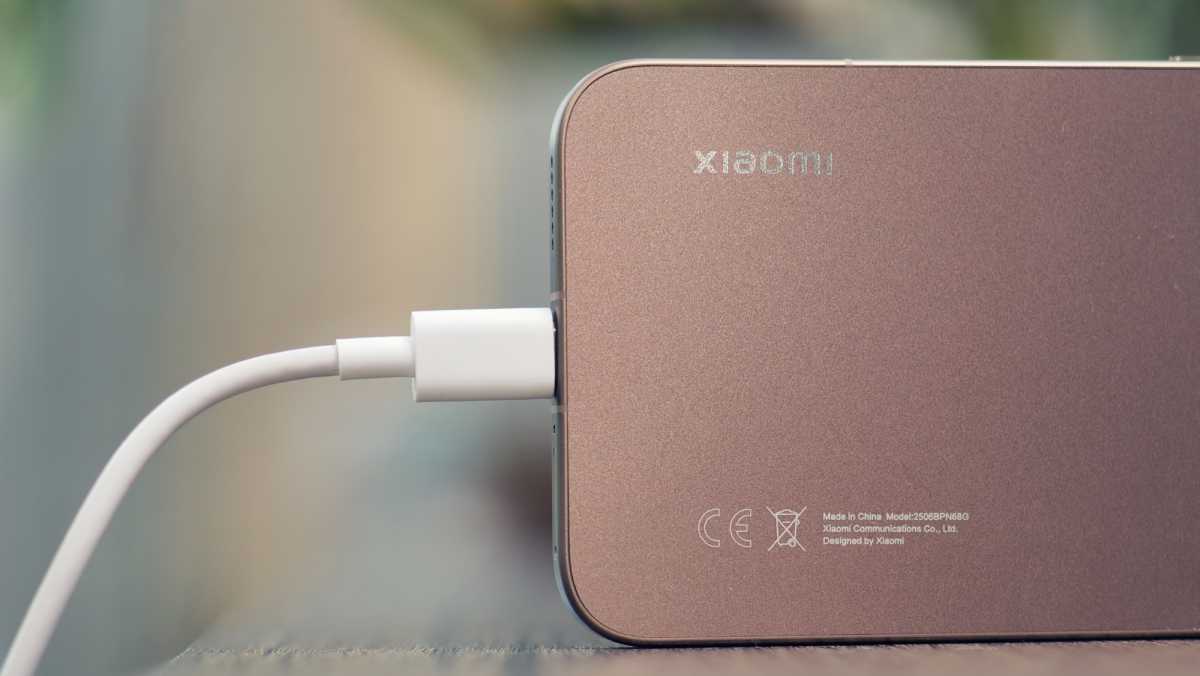
Luke Baker
When you eventually run out of battery, don’t expect to be waiting around for long, though. Just half an hour on the charger will bring you back up to 80% charged, and a full charge won’t take much longer. It even charges fast when you use a wireless charger, provided you have one that’s powerful enough.
I managed to make this phone last two days on a charge without trying particularly hard
Unfortunately, there’s no charger in the box; you’ll need to pick up a suitably powerful wall adapter if you want the top speeds. It’s an added expense that should be factored in, but in my opinion, it’s well worth the cost. Charging this fast is always a luxurious experience.
Software & Apps
- Hyper OS, based on Android 15
- New Astral Communication features
- Plenty of HyperAI functionality
The 15T Pro runs the latest version of Xiaomi’s HyperOS software, built on Android 15. If you’ve used a recent Xiaomi, Redmi or Poco phone, you’ll know what to expect. HyperOS is quite heavily stylised, and to be honest, it’s not my favourite. It can be challenging to find things if you’re used to other Android brands.
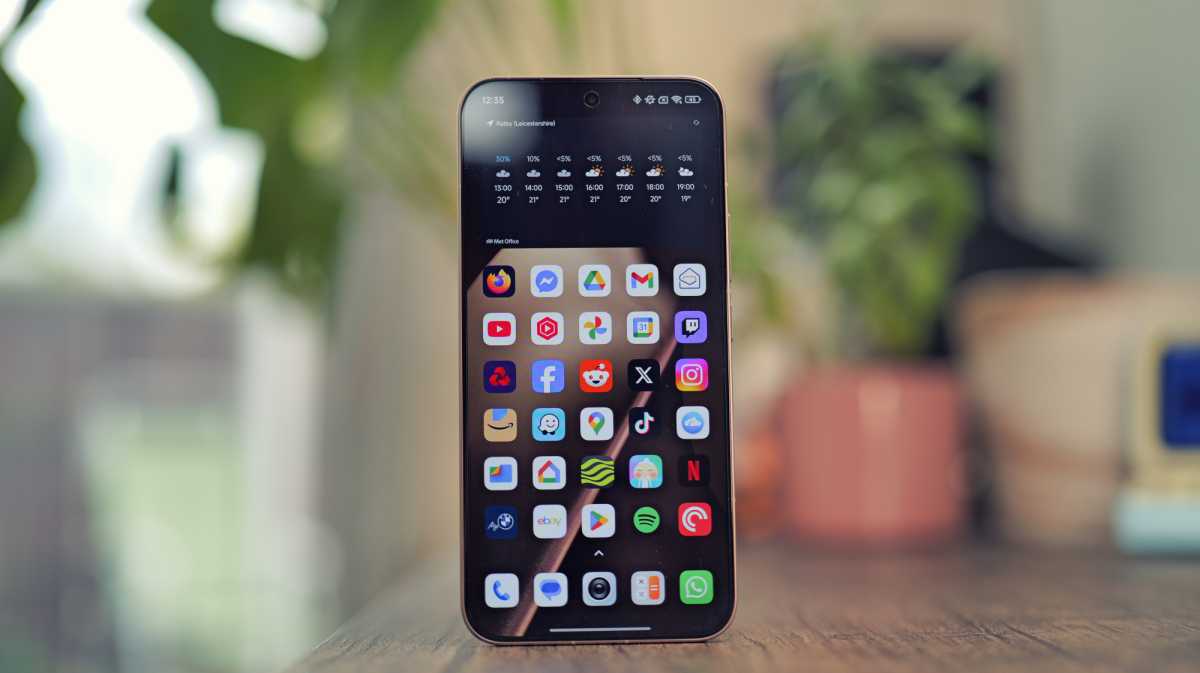
Luke Baker
On the other hand, it’s incredibly customisable, so whatever irks you about the default configuration can likely be changed. I love that HyperOS allows me to cram tons of apps on my homescreen, and even remove the text labels for a more streamlined look.
Unfortunately, there’s still plenty of bloat to contend with when you first set it up. There are all of Xiaomi’s first-party apps, which all serve a purpose, but I can’t help but think there are more of them than there needs to be. Then there’s a load of third-party junk too, including a folder filled with random things such as TikTok, WPS Office, LinkedIn and AliExpress. You can remove all the third-party stuff, but it’s an added hassle.
HyperOS is quite heavily stylised, and to be honest, it’s not my favourite
Google’s staple features are all present here, including Circle to Search, Gemini as the default assistant and a Discover feed if you swipe left from the homescreen. In addition, Xiaomi has its own suite of AI tools. The best bits are all to do with image editing, but there’s all the usual AI stuff such as translation, transcription and summarisation, as well as writing assistance. There’s nothing particularly novel here, but it all seems to work as intended.
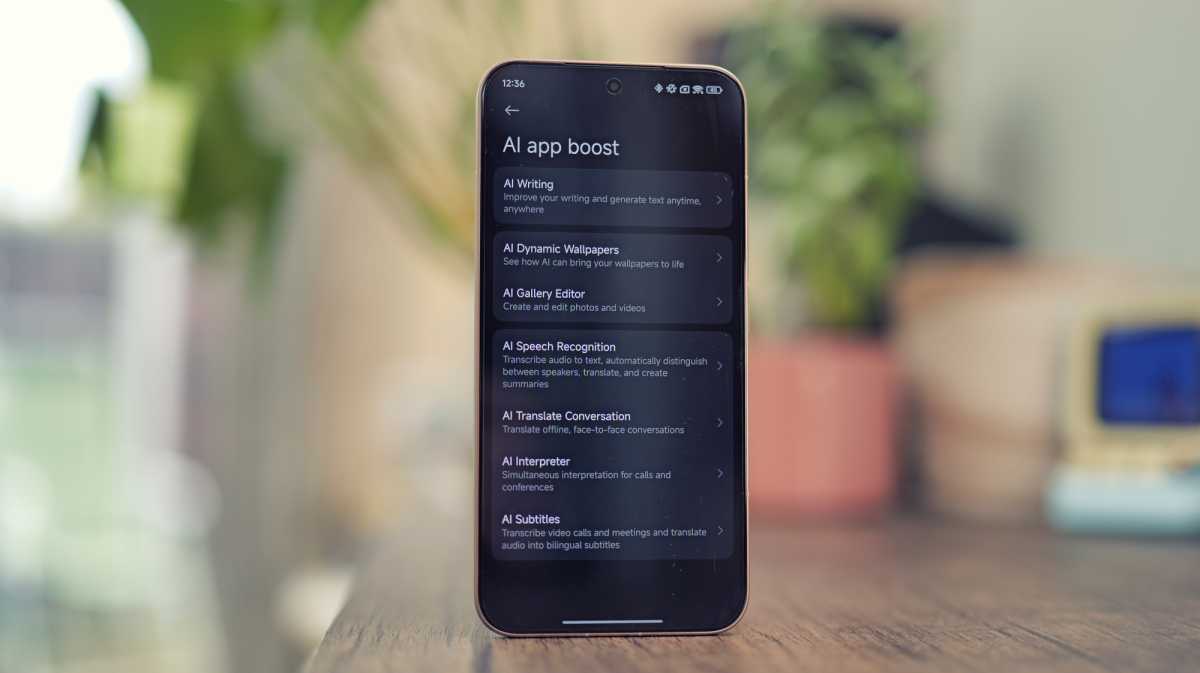
Luke Baker
One thing that you aren’t going to find anywhere else is Xiaomi’s Astral Communication feature. This currently only works on 15T-series phones, but I’d expect to see it appear on future Xiaomi handsets, too. In essence, it works a bit like a walkie-talkie, allowing you to voice call another Xiaomi 15T user without the need for a cellular signal.
It could be a game-changer for hikers or anyone who spends time out in the wilderness; it might even help festival-goers, too. There are limitations, of course. It seems to use Bluetooth to communicate, and that means it works best when there’s a visual line of sight. It’ll still work through walls, but the potential maximum distance of 1.9km will be severely reduced.
One thing to note is that Xiaomi hasn’t revealed how long it’ll be supporting the 15T Pro with software updates. If the 14T Pro is anything to go by, it’d get four years of OS updates and five years of security patches, which is some way short of the seven years of both offered by many Samsung and Google phones, including the more affordable Pixel 9a.
Price & Availability
The Xiaomi 15T Pro costs £649/€799 in its base configuration with 12GB of RAM and 256GB of storage, matching the 14T Pro and the 13T Pro before that.
There’s also a 512GB model, which costs £699, and a 1TB option, which will set you back £799.
You’ll be able to purchase it from the official Xiaomi store as well as retailers like Amazon. As ever, it won’t be officially launching in the US.
Should you buy the Xiaomi 15T Pro?
The Xiaomi 15T Pro aims to deliver a flagship-level experience at a more affordable price point, and I think it does exactly that. From gaming and productivity to cameras and web browsing, there isn’t a single area where 15T Pro falls short.
There are a couple of tells that this is a more budget-conscious handset. For example, the 12Mp ultrawide isn’t going to impress anyone, especially with no autofocus, and the amount of bloatware that comes preinstalled would be quite unacceptable on a flagship, too. But these are far from dealbreakers.
As ever, HyperOS isn’t going to please everyone, but I got used to it pretty quickly, and I loved the amount of customisation it offers. Xiaomi’s new Astral Communication feature is excellent, but I think it needs to roll out to more devices before it becomes a practical solution
When it comes to the competition, the Honor 400 Pro is the first that springs to mind, and there’s also the Vivo X200 FE (though it’s not available in the UK). Both offer similarly impressive cameras and gaming performance, at similar price points, and since both have been out for longer, you might be able to find a solid deal. However, neither has such a long zoom lens, and neither can match the 4K 120fps and LOG recording of the 15T Pro, so for video shooters, there’s a clear winner.
Specs
- Hyper OS, based on Android 15
- 6.83-inch, 1280 x 2772, OLED, 144Hz
- In-display fingerprint sensor
- MediaTek Dimensity 9400+
- 12GB RAM
- 256GB / 512GB / 1TB storage
- Camera:
- 50Mp main sensor
- 12Mp ultrawide
- 50Mp 5x telephoto
- 32Mp selfie camera
- Up to 4K @ 120fps rear video
- Stereo speakers
- Dual-SIM + eSIM
- Wi-Fi 802.11 a/b/g/n/ac/ax
- Bluetooth 6.0
- 5500mAh battery
- 90W wired charging
- 50W wireless charging
- 162.7×77.9×7.96 mm
- IP68 certified
- 210g
- Colours: Black, Gray, Mocha Gold











